UK PMI Manufacturing dropped from 55.8 to 54.6 in May, below expectation of 55.1, hitting a 16-month low. PMI Services dropped sharply from 58.9 to 51.8, well below expectation of 57.3, a 15-month low. PMI Composite dropped from 58.2 to 51.8, also a 15-month low.
Chris Williamson, Chief Business Economist at S&P Global Market Intelligence said:
“The UK PMI survey data signal a severe slowing in the rate of economic growth in May, with forward-looking indicators hinting that worse is to come. Meanwhile, the inflation picture has worsened as the rate of increase of companies’ costs hit yet another all-time high. The survey data therefore point to the economy almost grinding to a halt as inflationary pressure rises to unprecedented levels.
“The tailwind from the reopening of the economy has faded, having been overcome by headwinds of soaring prices, supply delays, labour shortages and increasingly gloomy prospects. Companies cite increasingly cautious moods among households and business customers, linked to the cost-of-living crisis, Brexit, rising interest rates, China’s lockdowns and the war in Ukraine.
“There are some signs that the rate of inflation could soon peak, with companies reporting price resistance from customers, and it is likely that the slowing in demand will help pull prices down in coming months. However, the latest data indicate a heightened risk of the economy falling into recession as the Bank of England fights to control inflation.”
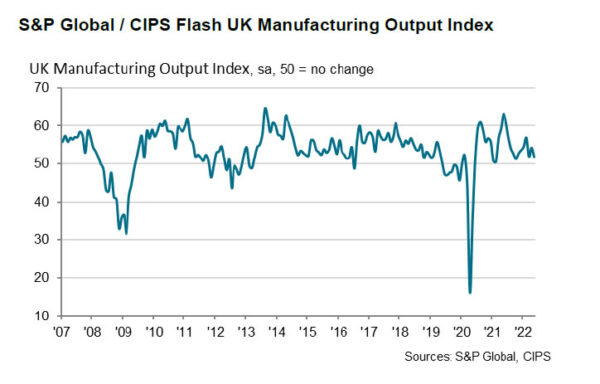
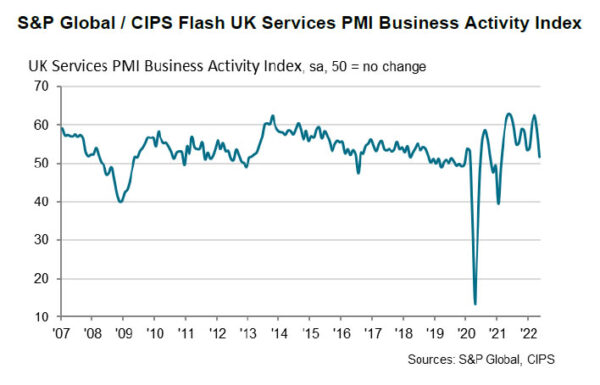
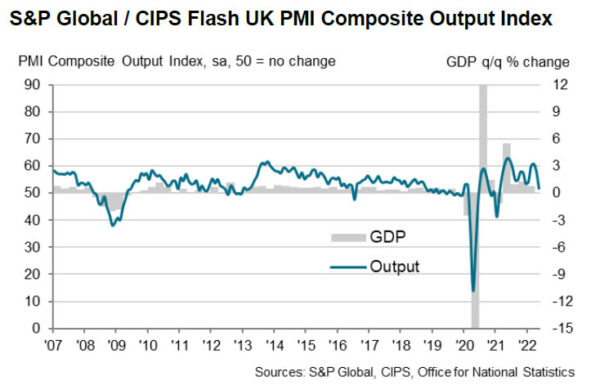
Full release here.




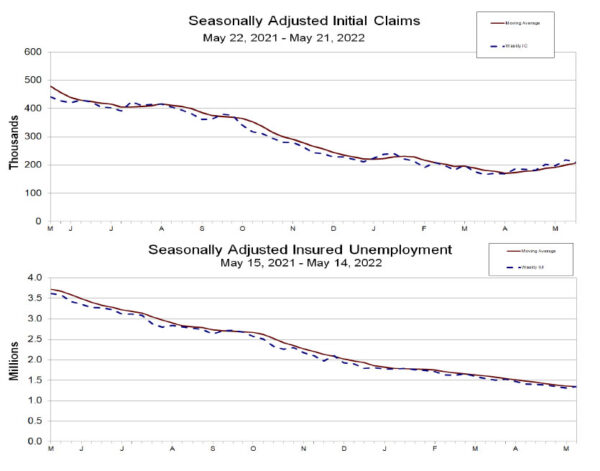
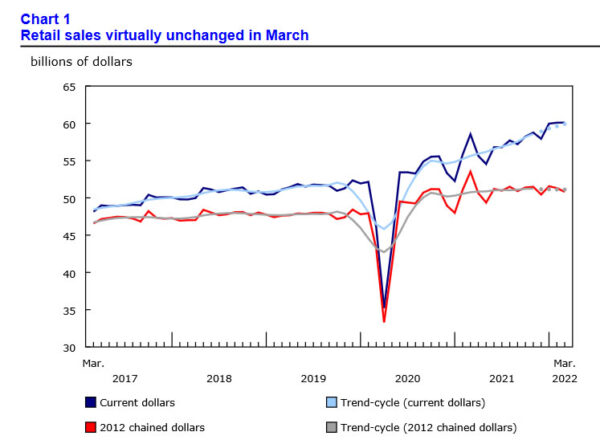
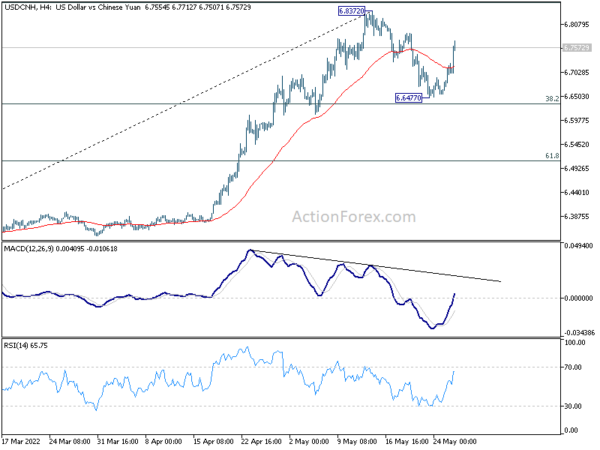
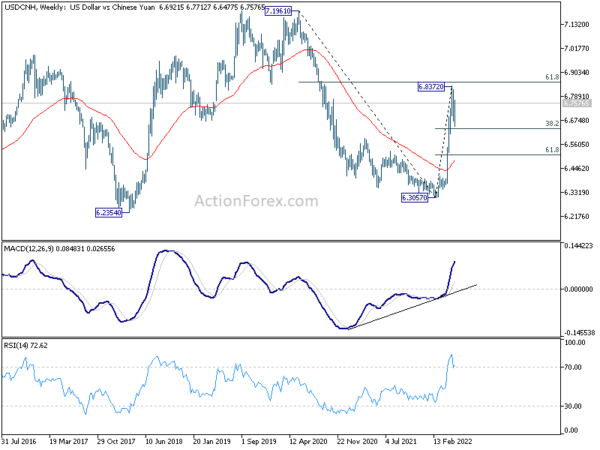
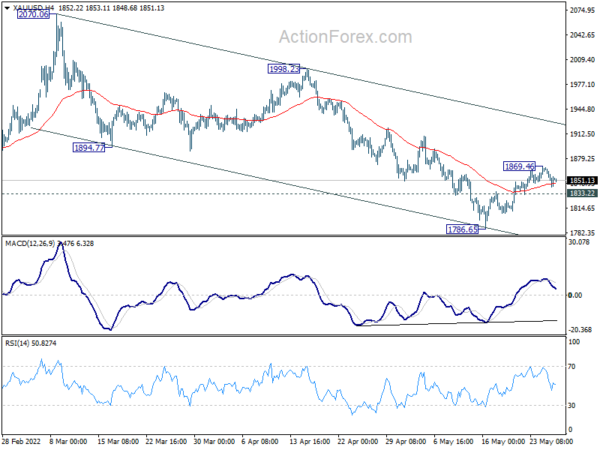
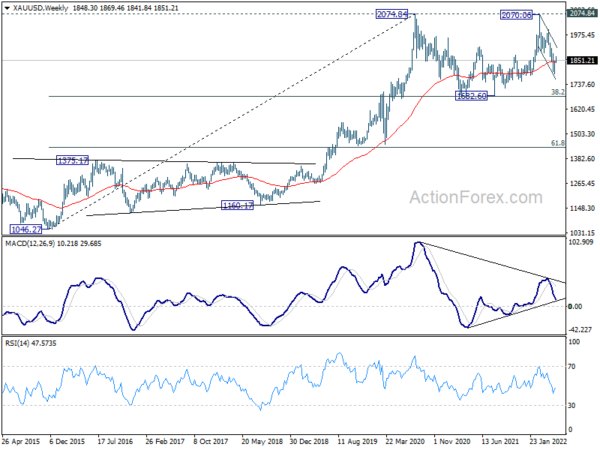
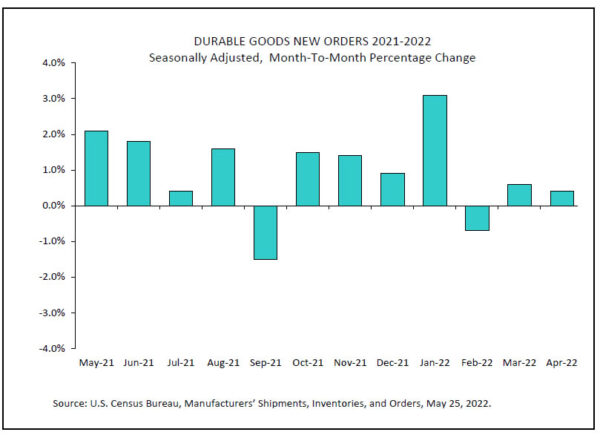
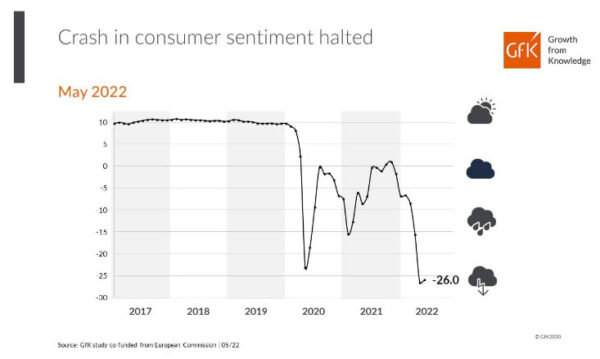
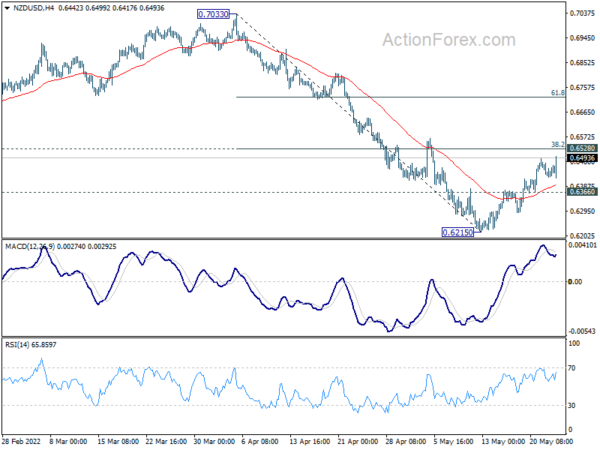
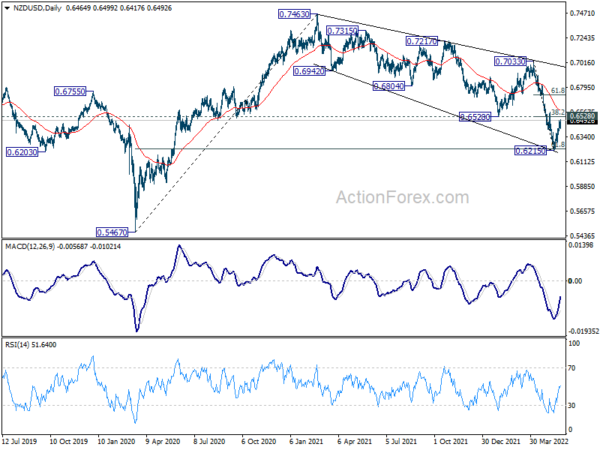
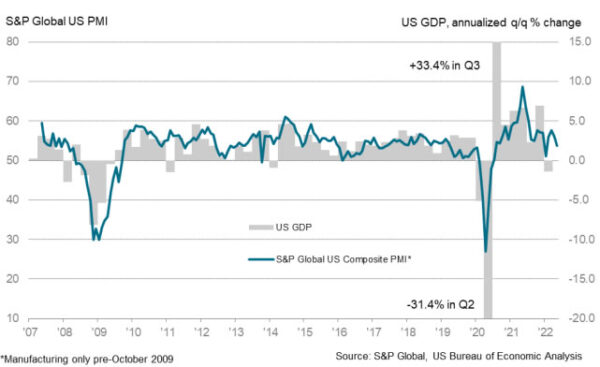
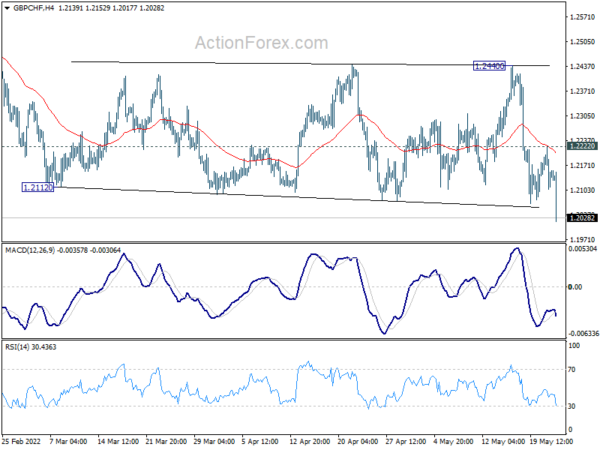
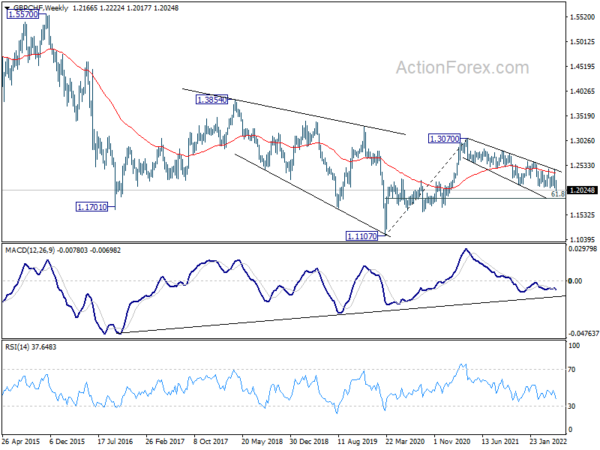



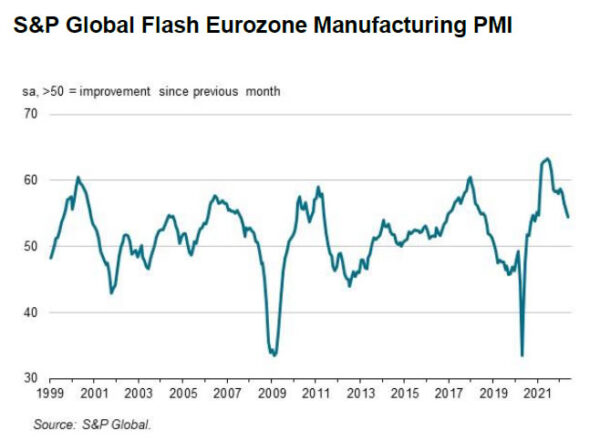
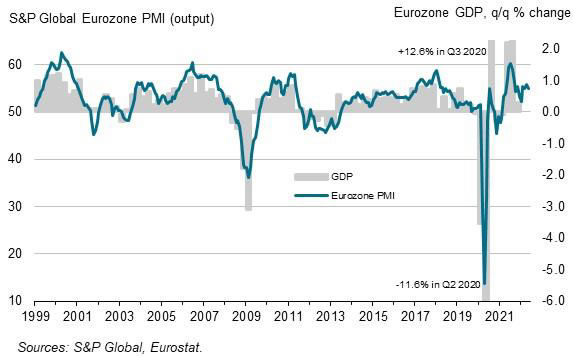

Australia retail sales rose 0.9% mom in Apr, driven by higher food prices
Australia retail sales rose 0.9% mom in April, slightly below expectation of 1.0% mom. For the 12-month period, sales rose 9.6% yoy.
New South Wales was the only state or territory to record a fall, down -0.3%. Queensland had the largest rise in retail turnover, up 1.6%. Turnover also rose in Victoria (1.1%), Western Australia (2.2 %), South Australia (1.4%), Tasmania (2.0%), the Australian Capital Territory (0.5%) and the Northern Territory (0.7%).
ABS said: “The strength in retail turnover is being driven by spending across the food industries. High food prices have combined with increased household spending over the April holiday period as more people are travelling, dining out and holding family gatherings.
Full release here.